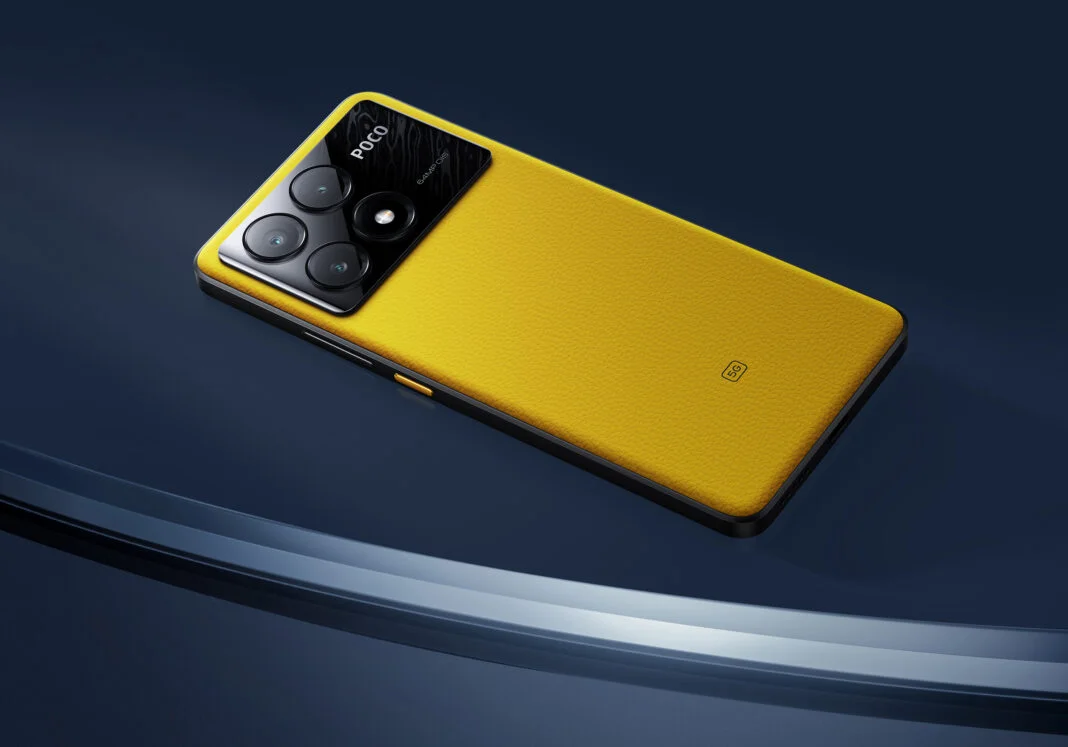The integration of Virtual Reality (VR) with development platforms like Unity has transformed the way developers create immersive experiences. However, users of Oculus Link have reported issues, particularly with the Unity 2022.3 version running on Windows 11, characterized by a constant hourglass icon that signifies a loading state, rendering the experience frustrating and unproductive. This article will explore the causes of this issue, potential solutions, and tips for optimizing your Unity and Oculus setup for a seamless VR development experience.
1. Understanding the Problem
1.1 The Oculus Link Experience
Oculus Link allows users to connect their Oculus Quest or Quest 2 headsets to a PC, enabling them to run VR applications directly from the computer. This feature expands the potential of VR applications, as developers can leverage the processing power of PCs to create more complex and high-fidelity experiences than what standalone headsets typically allow.
1.2 The Hourglass Issue
When users experience a constant hourglass while using Unity with Oculus Link, it indicates that the application is perpetually trying to load a resource, process, or command. This issue may lead to performance bottlenecks and can severely impact productivity in development. Understanding the common causes of this problem is crucial for finding effective solutions.
2. Common Causes of the Constant Hourglass
2.1 Compatibility Issues
One of the primary reasons for the hourglass icon is compatibility issues between Unity 2022.3 and Windows 11. As both the software and operating system receive updates, bugs or conflicts can arise that affect their functionality.
2.2 Outdated Drivers
VR headsets require up-to-date drivers to operate correctly. If your graphics card or Oculus software is outdated, it could lead to performance issues in Unity, including the hourglass problem.
2.3 Resource Management
Unity projects can be resource-intensive. If the project is not optimized or if there are too many high-resolution assets, it can overwhelm the system, leading to loading delays.
2.4 Improper Configuration Settings
Incorrect settings within Unity or Oculus Link can contribute to performance issues. For example, misconfigured XR settings or not enabling the correct VR settings can cause conflicts during development.
3. Troubleshooting Steps
3.1 Update Your Software
The first step in troubleshooting the constant hourglass issue is ensuring all your software is up to date:
- Update Unity: Make sure you are using the latest version of Unity 2022.3. Unity frequently releases patches and updates that address bugs and improve compatibility.
- Update Oculus Software: Ensure that your Oculus app is up to date. You can check for updates through the Oculus app on your PC.
- Update Graphics Drivers: Visit your GPU manufacturer’s website (NVIDIA, AMD, or Intel) and download the latest drivers compatible with your graphics card.
3.2 Optimize Unity Settings
3.2.1 Project Settings
- XR Plugin Management: Navigate to
Edit > Project Settings > XR Plugin Managementand ensure that Oculus is selected. Make sure you have the correct SDK installed. - Graphics API: In the same Project Settings menu, check the graphics settings. Under
Player > Other Settings, ensure that you are using DirectX 11 or 12, which are more stable for VR development.
3.2.2 Quality Settings
- Reduce Texture Resolution: High-resolution textures can consume a lot of memory. Under
Edit > Project Settings > Quality, reduce the texture quality to medium or low for testing purposes. - Level of Detail (LOD): Implementing LOD for 3D models can significantly improve performance. Unity dynamically adjusts the level of detail based on the camera’s distance to the object.
3.3 Manage Resources
- Profile Your Game: Use Unity’s Profiler (found under
Window > Analysis > Profiler) to identify bottlenecks in your game. Look for spikes in CPU or GPU usage that coincide with the hourglass problem. - Optimize Assets: Use the Asset Database to ensure that assets are optimized for performance. This includes compressing textures, simplifying models, and reducing the number of polygons where possible.
3.4 Configure Oculus Link Settings
- Oculus Link Settings: Open the Oculus app on your PC and go to
Settings > General. Ensure that the Unknown Sources option is enabled, which allows you to use apps not downloaded from the Oculus Store. - Experimental Features: Under
Settings > Beta, enable experimental features to potentially resolve performance issues with Oculus Link.
4. Advanced Solutions
If basic troubleshooting does not resolve the hourglass issue, consider the following advanced solutions:
4.1 Reinstall Unity and Oculus Software
Sometimes a fresh installation can resolve persistent issues. Uninstall both Unity and the Oculus software completely, then reinstall them. Make sure to back up your projects before doing so.
4.2 Windows Compatibility Settings
Since the issue can also stem from compatibility problems with Windows 11:
- Compatibility Mode: Right-click the Unity shortcut, go to Properties > Compatibility, and select an earlier version of Windows, such as Windows 10. This can sometimes resolve performance issues.
- Disable Full-Screen Optimizations: In the same Compatibility settings, check the box to disable full-screen optimizations.
4.3 Use a Different USB Port or Cable
The connection between your Oculus headset and PC can impact performance. Try using a different USB port, preferably a USB 3.0 or 3.1 port. Additionally, ensure that you are using a high-quality USB cable that supports data transfer.
5. Best Practices for Developing with Oculus and Unity
5.1 Regularly Test Your Project
Continuously test your project in Unity and on your Oculus headset. Regular testing helps identify issues early in the development process, preventing hours of frustration later on.
5.2 Use Lightweight Assets
When possible, use lightweight assets or create lower-polygon versions of models for testing. High-fidelity assets can always be swapped in for final builds, but developing with optimized assets can significantly improve the development experience.
5.3 Keep Your Development Environment Clean
Avoid cluttering your development environment with unnecessary files or unused assets. A clean workspace can improve performance and reduce the likelihood of conflicts.
5.4 Engage with the Community
Join Unity and Oculus developer forums or social media groups. Engaging with the community can provide insights into common issues and potential solutions that other developers have found.
6. Conclusion
Encountering a constant hourglass when using Unity 2022.3 with Oculus Link on Windows 11 can be a frustrating experience for developers. However, understanding the common causes and implementing the troubleshooting steps outlined in this article can help resolve these issues effectively. Keeping your software up to date, optimizing project settings, managing resources, and configuring Oculus Link correctly can significantly enhance your VR development experience. As technology continues to evolve, staying informed and connected with the developer community will also help you navigate the challenges of VR development with greater ease and success.
By following the best practices and solutions provided here, developers can ensure a smoother, more efficient workflow and continue to create immersive and engaging VR experiences with Unity and Oculus.




